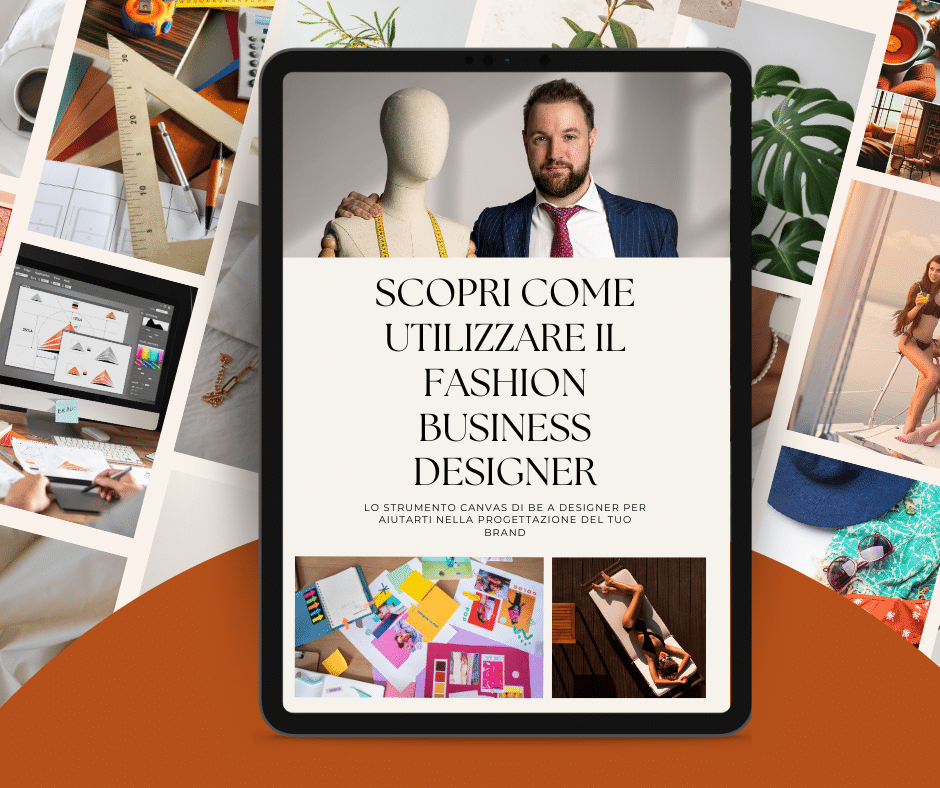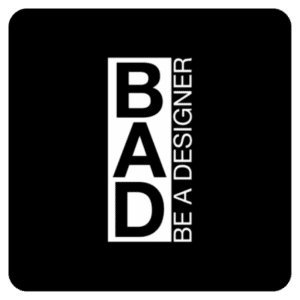What is Content Marketing in Fashion.
Content marketing in the fashion industry includes techniques for creating and sharing relevant and interesting contentboth textual and visual, related to your brand. This content generates enough engagement to influence the buying process of your users.
There are many examples of content marketing in the fashion industry: from the prestigious Vogue to H&M's fashion news magazine distributed in its shops, the print format is a 'traditional' example of content creation.
In this article I will give you an overview of this discipline and some advice on how to implement it for your fashion brand.

Content is born from stories:
Understanding the power of narrative is like unlocking the secret behind the success of great cinematic masterpieces like 'Lord of the Rings' or the universal appeal of books like 'Harry Potter'.
We are beings who yearn for stories; they engage us, stimulate us emotionally and imprint a lasting memory in our minds.
Stories can bring a brand or a product to life, transforming them from ordinary objects into meaningful elements of our daily lives.
Take for example Apple; Steve Jobs has cleverly woven an epic around the brand, positioning it as a rebel hero fighting against the impersonal corporate giant represented by IBM. Or, consider how Nike has infused its brand with the narrative of determination and successturning a simple pair of trainers into a symbol of personal fulfilment.
Telling a story in which it is us as creators, our product, the customer and our brand creates a fascinating narrative, an intricate mosaic that resonates with the audience on a deep level.
It is not just about illustrating the product's functionality, but revealing its meaning, showing how it can transform customers' lives.
Imagine your product as a main character in a compelling story. It is Harry Potter discovering a world of magic beyond imagination. It is the power ring in 'Lord of the Rings', a seemingly insignificant object that can decide the fate of an entire world.
I creators? It is the wise mentors who guide the hero on his journey, like Albus Dumbledore or Gandalf, who provide knowledge, tools and support to overcome obstacles.
And the brand? It is the fascinating and vibrant world in which the story takes place, rich in nuance and context, just like the imaginary world of Hogwarts or Middle Earth.
Telling a story in which all these elements are intertwined is not just a marketing strategy; is an art that engages, inspires and creates an emotional bond with the audience.
It is a way to give a deeper value and meaning to the product, beyond its mere functionality. Finally, it is a way to build a brand that people not only recognise, but feel deeply connected to, a brand that resonates with their aspirations and dreams.
That is why we have to tell a story: Our story, that of our customer and our products.

The Hero's Journey:
The 'Hero's Journey' model is a popular narrative structure derived from the work of anthropologist Joseph Campbell. It has been used in countless stories and filmsand can be an effective way to structure your brand story. Here is how you could apply the "Hero's Journey to the creation of a brand story:
The Ordinary WorldThis is the starting point, where you present your customer (the hero) in his everyday environment. For example, it could be an individual who wants to express his unique style but has difficulty finding clothes that reflect his personality.
The Call to AventuraHere, the customer encounters a problem or challenge that interrupts his or her normal life. It could be frustration at not finding clothes that suit his personal style.
The Rejection of the Call: Initially, the customer may be reluctant to look for a solution. He might think that it is too difficult to find clothes that suit his unique style.
Meeting the MentorThis is where your brand comes into the picture. Your brand can be presented as a mentor or guide that provides the customer with the resources or motivation to face the challenge. For example, your brand could present a unique and customisable clothing collection.
Crossing the First ThresholdHere, the customer decides to take up the challenge and venture into unknown territory. He may decide to buy an item of clothing from your brand.
Evidence, Allies and Enemies: As the customer begins to experience your brand, he may encounter ups and downs. He may love some items of clothing, while others may not meet his expectations. Furthermore, he may find a community of other people who love your brand (the allies) or encounter obstacles (the enemies).
Approach to the Deepest Cave: The customer prepares for the biggest obstacle or the most difficult challenge. This could be something like ordering a customised garment from your brand.
The Ordalia: The customer faces his greatest fear or challenge. He receives his customised garment and tries it on for the first time.
The RewardAfter overcoming the hurdle, the customer gets what he wanted. He loves the customised garment and feels like he has finally found a brand that understands his unique style.
The Return with Elixir: The customer returns to his normal world, but has changed somewhat. Now, he proudly wears his customised garment and recommends your brand to friends. The story ends with the customer feeling more confident and authentic in his personal style, thanks to the help of your brand. He overcame obstacles, faced his fears and, in the end, found a brand that reflects his individuality.
The ResurrectionThis is an optional element of the hero's journey but can be used to represent a renaissance or rebirth. Perhaps the customer had such a transformative experience with your brand that they decided to completely renew their wardrobe with your clothes.
The Return Home: The customer, now transformed and reinvigorated, returns to his daily life with a new understanding and appreciation for his unique style. Not only has he found a brand he loves, he has also discovered a new self-confidence.
In conclusion, using the 'Hero's Journey' model for your brand story can be a powerful way to engage and motivate your customers. Remember, the key is to present your customer as the hero of the story and your brand as the mentor or guide to help them along the way.
Creating a memorable story and content:
Stories based on the 'Hero's Journey' model are particularly effective for several reasons.
Emotional involvement: Stories emotionally involve people. We identify with heroes, feel what they feel and desire what they desire. A well-told story can create an emotional bond between your brand and your customer.
Ease of understandingThe 'Hero's Journey' is a universal storytelling model. People all over the world intuitively recognise and understand this story pattern, making it an effective way to communicate complex messages.
Improved memorability: Stories are easier to remember than facts or abstract statistics. When you tell your brand story following the 'Hero's Journey' model, you are essentially creating a memorable storyline that your customers can follow and remember.
Brand differentiation: By using a unique and engaging story to describe your brand and its products, you can distinguish yourself from competitors and create a unique value proposition for your customers.
Therefore, adopting a 'Hero's Journey' approach can be very beneficial for your brand and can help you create a deeper and more meaningful connection with your customers.
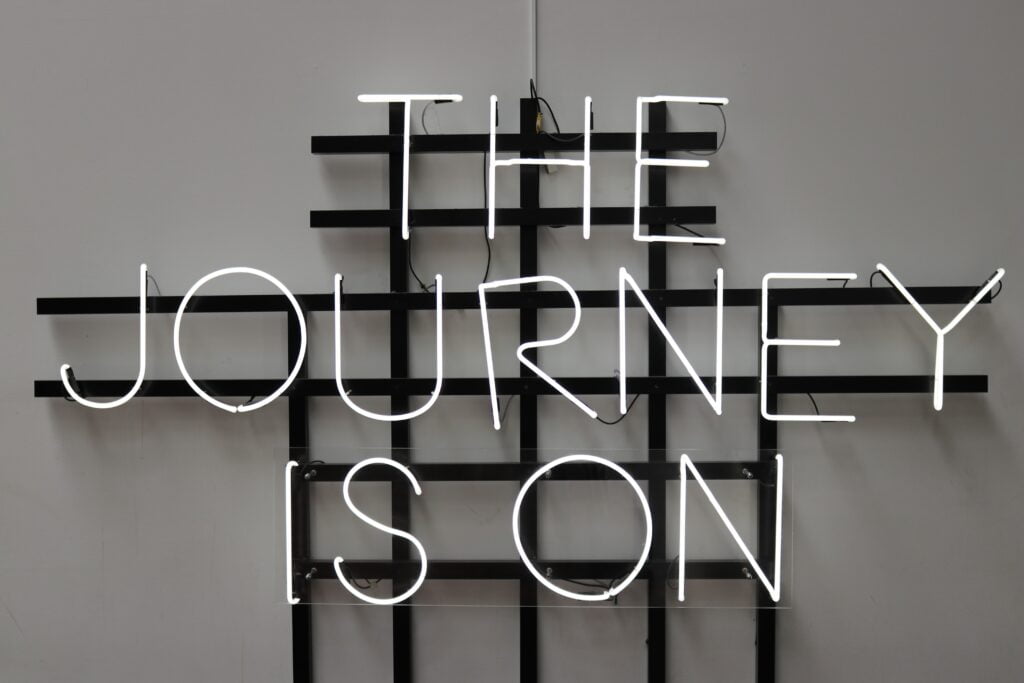
What is Content Marketing?
Content marketing is a marketing strategy focused on the creation, publication and distribution of high-quality content to a target audience online.
The objective is attract, engage and retain an audiencewith the ultimate goal of generating positive customer actions, such as purchasing a product or subscribing to a service.
In the increasingly competitive world of online marketing, creating quality content is not only a good practice, but has become a necessity.
Today's audience is bombarded by an infinite number of messages and ads every day. To stand out, it is essential to create content that is both useful and engaging.
An effective content marketing strategy goes beyond mere product promotion. It involves create a dialogue and connection with your audience, providing content that adds value to their lives. This may include educating on relevant topics, providing tips and tricks, or sharing engaging and inspiring stories.
The types of content you can use for your brand:
Blog PostsBlogs are one of the most popular content marketing tools and can be extremely effective in increasing online visibility and establishing an authority in the industry. Blog posts can cover a wide range of topics, from the latest fashion trends to style tips to interviews with influencers or designers. I have discussed this in detail in THIS ARTICLE.
VideoVideo content can be a powerful way to engage the audience. This could include fashion tutorials, behind-the-scenes photoshoots, interviews, fashion shows, and more. Videos can be shared on social channels, the company website or platforms such as YouTube.
Images and infographics: In the fashion industry, images are crucial. Beautiful product images, lookbooks, fashion infographics, and more can attract attention and engage the audience.
eBooks and guides: Fashion companies can create eBooks or detailed guides on various topics, such as choosing the right dress for a specific event, how to match accessories, or the history of a particular style or fashion piece.
Podcast: Although less common in the fashion industry, podcasts can be a great way to reach an audience. You could present interviews with fashion designers, discuss the latest trends, or even share stories about fashion.
User Generated Content (UGC)This is content created and shared by your customers. For example, you could encourage customers to share photos of themselves with your products on social media. This type of content can increase customer engagement and loyalty.
Case Studies and TestimonialsCustomer success stories and testimonials can be very effective in demonstrating the value of your products. These could include before and after photos, stories of how a particular product has improved a customer's life, or product reviews.
NewsletterThese can be used to keep customers updated on the latest collections, special offers, events, and more. Newsletters can be an effective way to keep in touch with customers and encourage them to return to your site.
Remember, no matter what type of content you choose, it is important that it is of high quality, relevant to your audience and consistent with your brand.
Different Types of Content:
Not all our content has the same 'life expectancy' I would no doubt have realised how many times when we publish a post on our personal instagram it only lasts a few seconds in the feed and is immediately buried by a huge amount of other content.
Never before have we been obliged to constantly generate a large amount of content to feed the algorithms of social networks, yet the battle for attention is increasingly fought.
When creating a content plan for our brand, we need to be aware of the (hypothetical) duration of each piece of content so that we learn over time to use them in the right combination.
Evergreen contentThis is content that remains relevant in the long term and is not influenced by specific trends or events. This type of content can be used to constantly attract new visitors or customers. Examples of evergreen content include detailed guides, blog posts on how to care for a garment, or the histoire of your brand.
Seasonal content: This content is relevant during specific times of the year, such as holidays or fashion seasons. You can plan this type of content in advance to engage your audience during these periods. For example, you could create a blog post on spring/summer fashion trends or a video tutorial on how to create a festive look.
Trend-based contentThis is content that responds to current trends or events. This type of content can attract a lot of attention, but can also quickly lose its relevance. Examples might include a post about an ongoing fashion event, such as fashion week, or a social media post that exploits a viral trend on TikTok or Instagram.
Event-driven content: This content is linked to specific events, such as a fashion show or the launch of a new collection. This type of content can generate a big buzz, but its relevance may diminish once the event is over. Examples might include a social media post anticipating the launch of a new collection, or a behind-the-scenes video of a fashion show.
User Generated Content (UGC): This content is generated by your customers or followers. They can vary greatly in terms of length of time, depending on how they are used. For example, a photo of a customer wearing one of your brand's garments could be used in a social media post, which could have a relatively short duration, or it could be placed in a gallery on your website, where it could remain for a much longer period of time.
Remember that an effective content marketing strategy often includes a combination of all these types of contentin order to keep your brand fresh and relevant to your audience.

Measuring the effectiveness of your content marketing on your site
As with any other marketing strategy, it is also important in content marketing to measure the effectiveness of your actions. The metrics to be monitored will depend on the specific goals you have set, but generally include:
Open and click-through rate (CTR)These numbers will tell you how many visitors are reading your content and how many are interacting with it.
Time spent on the pageThis figure will tell you how much time visitors spend reading your content, an indicator of how interested they are.
Conversion rateThis is the percentage of visitors who perform a desired action, such as subscribing to a newsletter or purchasing a product.
Rebound rateThis percentage indicates the number of visitors who leave your site after viewing only one page. If the bounce rate is high, it could be a sign that visitors do not find your content interesting or relevant.
In addition to these metrics, it is also important to monitor feedback of your customers. Comments and reviews can provide you with valuable information on the perception of your brand, the liking of your products and your communication line, and the quality of your content.
In conclusion, content marketing in the fashion industry can be an extremely effective tool to build and consolidate your brand, engage your audience and ultimately increase sales.
However, requires a well thought-out strategyquality content and a constant commitment to monitoring and updating your content.
If you want to be followed by me and my team in creating a tailor-made strategy for your branch just book a FREE CONSULTATION FROM HERE.
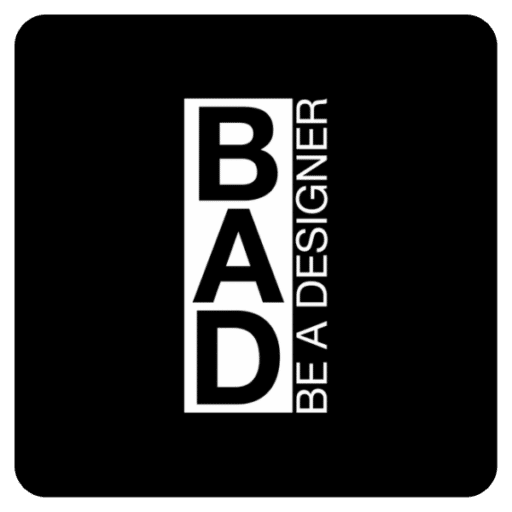
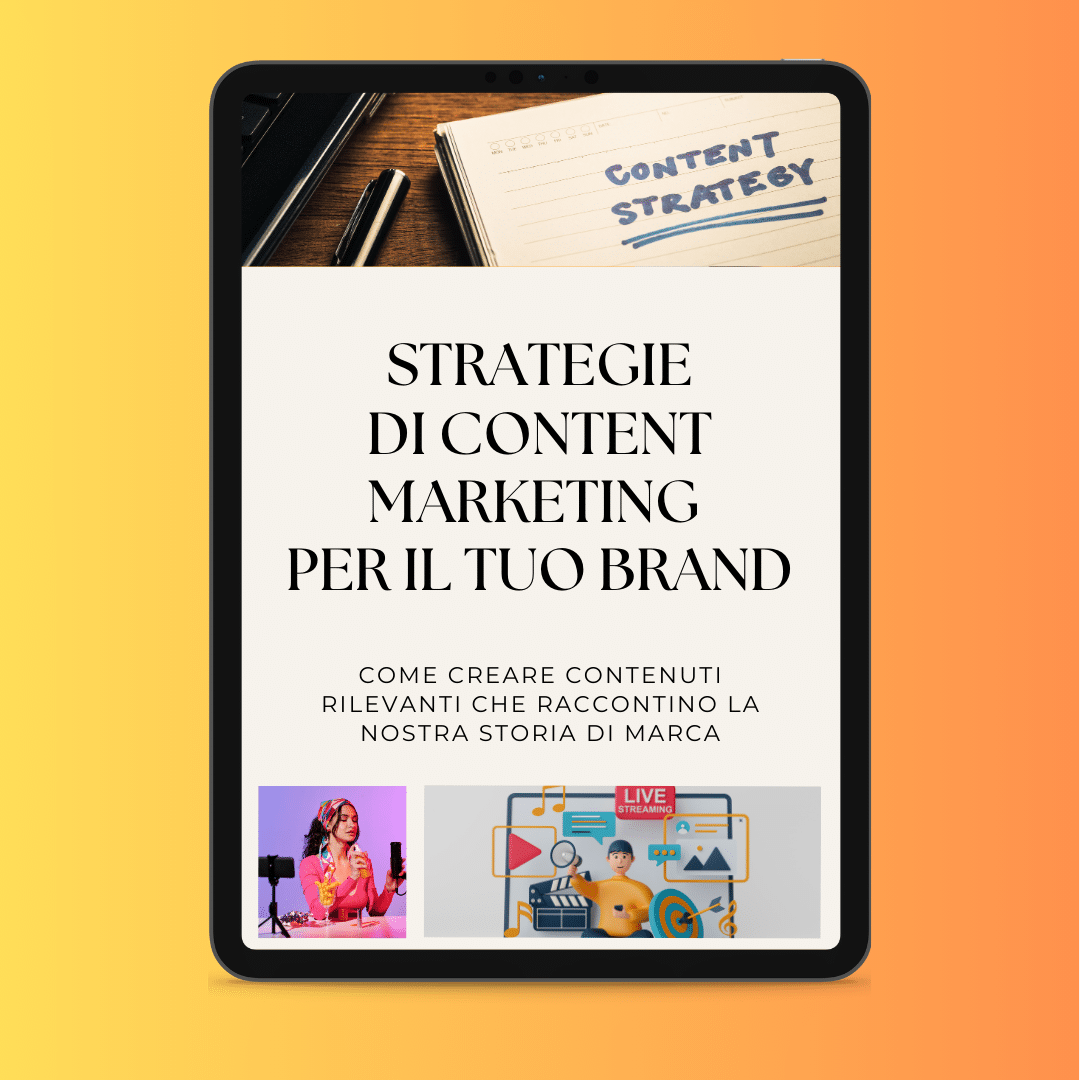
















































![What are Pre Collections? A quick guide not to get lost in the fashion calendar! [Podcast]](https://i.ytimg.com/vi/iPWRY--iQPg/hqdefault.jpg)






